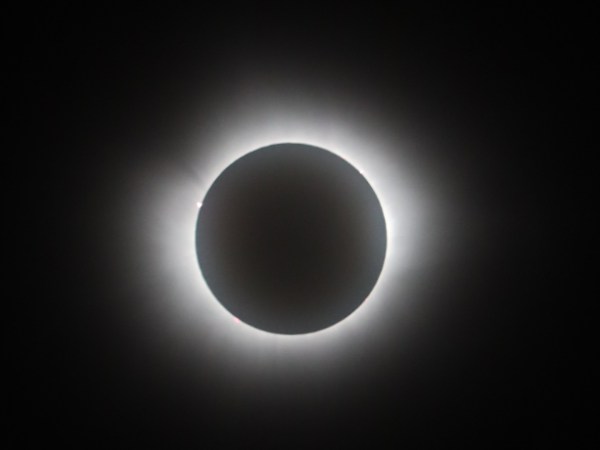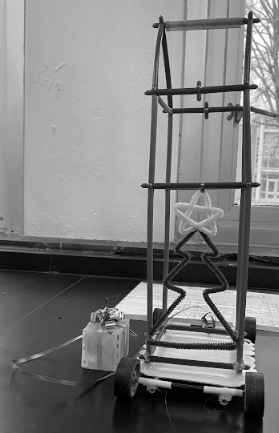Crime rates increase;
Staying safe during spooky times
October 21, 2021
According to CBS News, there are “on average 17 percent more crime-related claims on Halloween” than on a standard night.
Junior Ethan Jourdan believes that “going with a group for Halloween is always a good idea to stay safe.” He adds that the implementation of safety within the costumes can be a useful reminder. Jourdan says that “Ghostbusters” or “superheroes” are suitable options for this idea.
Senior Alyssa Alford claims that people can also stay free from harm during the festivities by “wearing reflectors and staying off the road.” She elaborates by saying, “If you feel unsafe, you’ll probably have your hair standing up [on its ends]” and “you’ll feel uncomfortable.” The senior cautions people to use their eyes because it will be “extremely dark” and there will be “shady people”.
Jourdan states that people should stay in “well-lit, more open areas” during the nighttime, especially if they start feeling “uncomfortable.” During these times in which people are experiencing sensations of discomfort, Jourdan says you should always “trust [your gut].” He believes that it is “always better [to be] safe than sorry,” so following your instincts is important.
Sophomore Ryan Simmons says that, in order to avoid these dangerous situations, a person should “always have [their] phone on [them],” as well as make sure they “don’t go somewhere [they] don’t know.” If these options are unavailable, Alford recommends that people bring glow sticks, flashlights, or walkie-talkies to communicate locations.
During the late hours of Halloween, Jourdan advises that if someone notices they have been left behind by their group or isolated from their friends, they should “try to meet back up with people [they] trust.”
Jourdan mentions that Halloween is “a great opportunity for bad people to do bad things.” He elaborates by stating that “when people are dressed up and it’s dark, identifying people is almost impossible.” The junior adds that with all the spaces in between the brightly lit areas, it is “very difficult” to see citizens walking in these dark corridors.
Alford agrees with this statement, adding that since everyone’s dressed up, it’s difficult to make out who people are. The senior believes that “a lot of people think Halloween stands for mischief night, so they cause a lot of trouble.” Simmons continues this thought by claiming that people “aren’t suspecting [a crime is happening] because they’re just giving out candy.”
Freshman Ben Steele thinks that the time of day heavily impacts the safety of trick-or-treating. Steele states that if the sun is still out, people will “be able to be seen a lot easier,” especially if they’re in trouble. However, “if it was day, they’d be able to see you no problem.”
According to Jourdan, with all the lights surrounding the area, people’s eyes “never dilate to better suit the environment,” which can “make people who are still walking around physically unable to see in the dark places, leaving people more vulnerable.”
EMC Security announces that statistically, “most violent crimes occur between 7 pm and 1 am, peaking at 10 pm- the times also favored by trick-or-treaters.” The security company explains that “any time alcohol use increases–as it does on Halloween… so do the chances of crime and accidents.” They further elaborate by stating that the number one type of criminal activity that increases on Halloween is “property crime”.
According to EMC Security, while vandalism is “indeed common, 60% of these claims [vandalism claims] involved theft from the home, including breaking and entering.” They strongly recommend that, in order to prevent the likelihood of this happening, communities leave the lights on when they leave the house, avoid social media postings until they return home, keep valuables out of sight of trick-or-treaters, and keep windows and doors locked.
Jourdan recalls a time in which he disappeared while trick-or-treating. He states that it was “horrifying.” On this particular Halloween, the junior “went with [his] friends and lost them in the [crowd] going from house to house.” He explains that he “totally lost [his] sense of direction and panicked.” Thankfully, he says, nothing bad happened.











